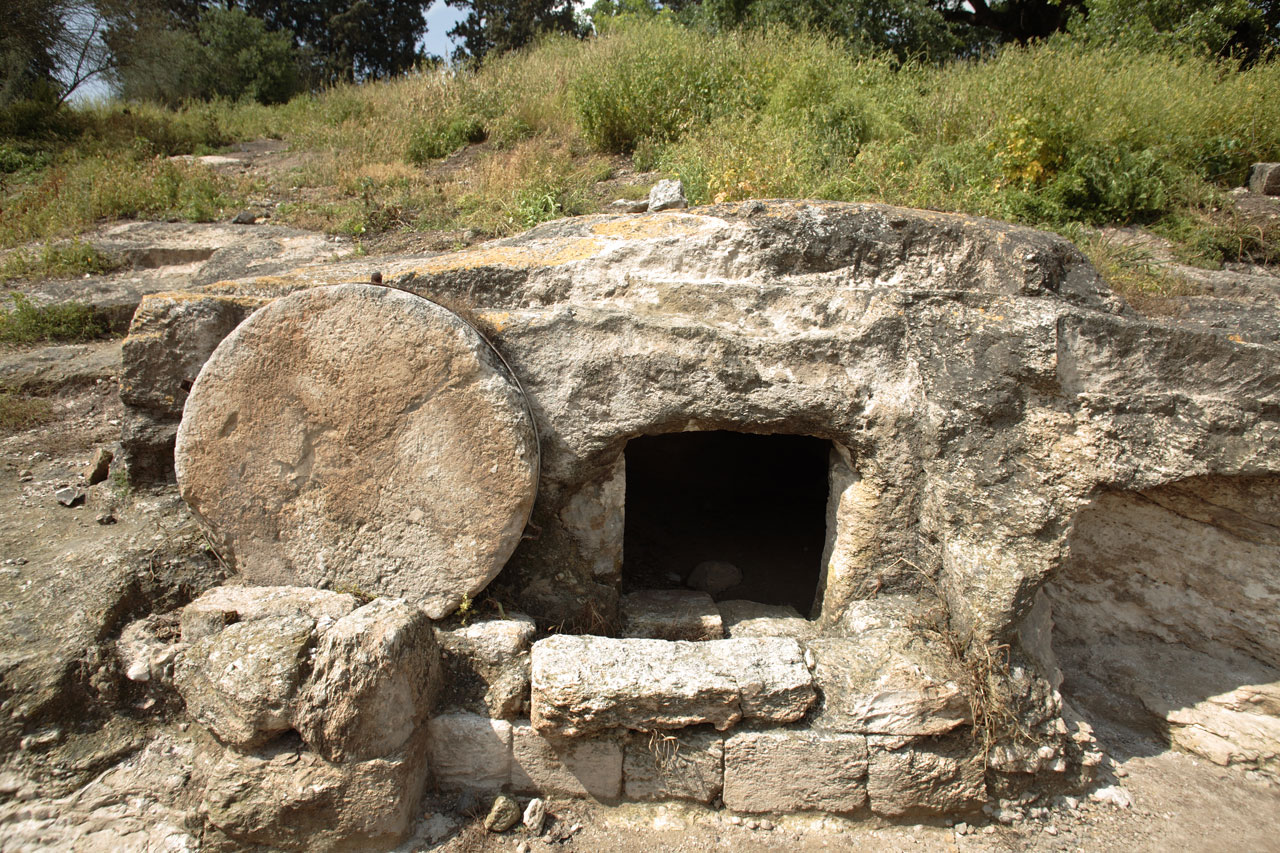My philosophy professor in college once compared Jesus to Elvis. He said both were popular in life, even dubbed “King,” and that people claimed to see them alive after their deaths.
“But professor,” I spoke up and said nervously in front of the large class, “I have been to Graceland and seen Elvis’ tomb occupied. The tomb of Jesus is empty.”
Yes, the empty tomb silenced the skeptical college professor. But greater than that, from the first Easter to today, the empty tomb stands as one of the strongest evidences that we serve a risen Savior! It is important this Easter to ponder that fact and the following:
/// Evidence
We see it each year. A new book, a new movie or TV show, emerges around Easter time in search of the “real” Jesus or the “historical Jesus.” CNN has produced a new series titled, “Finding Jesus: Faith, Fact and Forgery.” While the series focuses mainly on secondary archeological findings, such as the Shroud of Turin, the very tone and focus falls more in line with a skepticism so rampant today.
Yet from the days of Early Christianity, many people have been skeptical. Take for example the Apostle Thomas, who would not believe until he saw the resurrected Lord (John 20:24-29).
While the life and death of Christ are established and beyond debate, many continue to doubt He came back from the dead. Yet we know from Scriptural authority that Jesus appeared as risen (1 Cor. 15:3–8) and that on this belief of a risen Savior, the largest religion in the world has grown and spread to nearly all parts of the world. Instead of cursing the skepticism, look at it as an opportunity to talk about Jesus.
/// Experience
In the power of Christ’s death and resurrection, we Christians experience repentance and rebirth. Throughout the first years of the Church to today, some of the most notorious sinners have been transformed into saints.
Look at Saul turned Apostle Paul, or Augustine turned Saint Augustine, or political hatchet-man turned Christian leader, Chuck Colson. Moreover, look at atheists-turned Christian apologists, C.S. Lewis and Lee Strobel.
Each of these transformed lives represents the power of the resurrection. In Christianity, we see time and time again people weighed down by sin or doubt, who are set free by Jesus and truth. Greater still, we see opponents of Christ turn into His biggest proponents.
/// Everyone
So, the resurrection is not just something we believe; it is also something we experience, and something that compels us. Better still, it is something everyone else can experience. Christ died for all mankind, and His Gospel of grace and peace is available to all.
While there are many near-death experiences and from death-to-life stories, these are typically hearsay and not rooted in history or validated by facts that stand the test of time. Furthermore, for each one who dies and comes back to life, the people eventually die again. Jesus, meanwhile, is alive forevermore! That, in the end, is the message of Easter. God became Man. God died and rose again. Because of this, God’s grace is offered to you and me.
The only question is, will we share this Good News with others this Easter?





